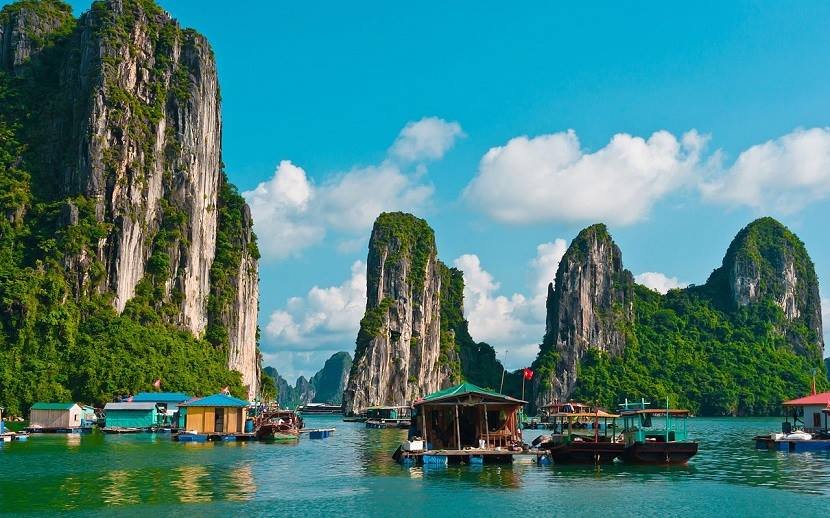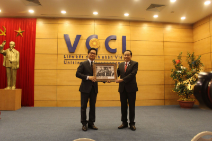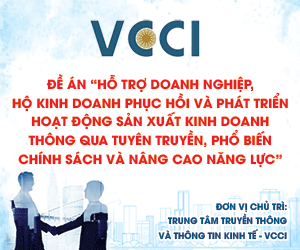Ba Ria – Vung Tau Area (HCMC): New hub for green manufacturing
The Ba Ria - Vung Tau area of Ho Chi Minh City has been gradually affirming its role as a key industrial hub in the Southern Vietnam.
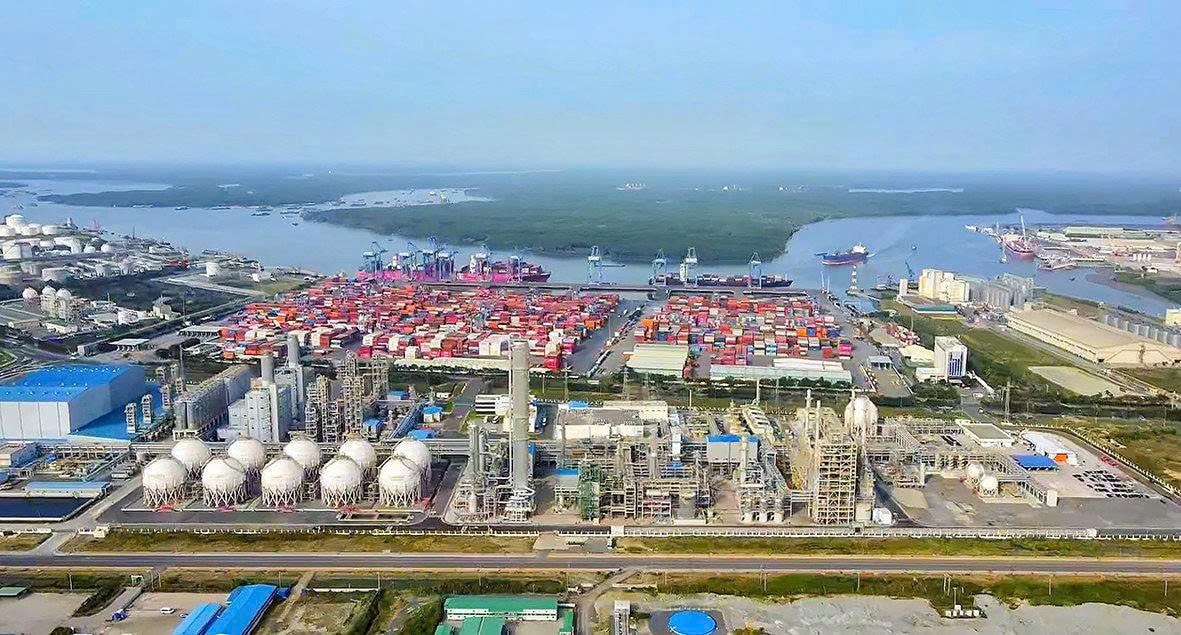
Among its pillars, the manufacturing and processing industry is considered a strategic foundation, generating strong momentum for sustainable economic growth.
Strategic “Golden” Advantages in Location and Infrastructure
Located at the gateway to the East Sea, the Bà Rịa - Vũng Tàu area of Ho Chi Minh City boasts the modern Cái Mép - Thị Vải deep-water seaport system, conveniently connected to international shipping routes. Together with its expanding and upgraded road, railway, and waterway networks, this reduces both time and transportation costs for enterprises in the manufacturing and processing sectors.
In addition, the area is home to major industrial parks such as Phú Mỹ I, II, III; Mỹ Xuân A, B; Châu Đức, and others, featuring large areas, synchronized infrastructure, and favorable conditions for both domestic and foreign investment.
In recent years, Bà Rịa - Vũng Tàu has consistently led the region in attracting foreign direct investment (FDI). Many multinational corporations in machinery, electronics, materials, and food processing have chosen the area as a strategic destination.
In the first eight months of 2025, Ho Chi Minh City recorded a sharp increase in foreign capital inflows, reaching more than USD 6.8 billion, up 58.02% compared to the same period in 2024. The cumulative industrial production index (IIP) rose 6% year-on-year, with four key industries increasing 11% and three traditional industries growing 10.6%.
Beyond capital attraction, the area has emphasized technological transformation and the modernization of manufacturing towards environmentally friendly development. Businesses are encouraged to adopt Industry 4.0 technologies, improve production processes, and raise localization rates.
Numerous advanced projects in chemicals, new materials, and precision engineering are being implemented, step by step producing higher value-added products and reducing reliance on raw material exports.
Authorities in Ho Chi Minh City’s Bà Rịa - Vũng Tàu area continuously accompany businesses by streamlining administrative procedures, simplifying investment licensing, providing legal support, and ensuring clean land funds. At the same time, the city strengthens training for a high-quality workforce to meet the growing demands of manufacturing in an era of deeper integration.
With outstanding advantages and a clear development vision, Ho Chi Minh City’s Bà Rịa - Vũng Tàu area is steadily becoming a modern, green, and sustainable manufacturing hub for both the southern region and the nation. This not only drives local growth but also positions the area as an attractive destination for domestic and international investors during the industrialization and modernization era.
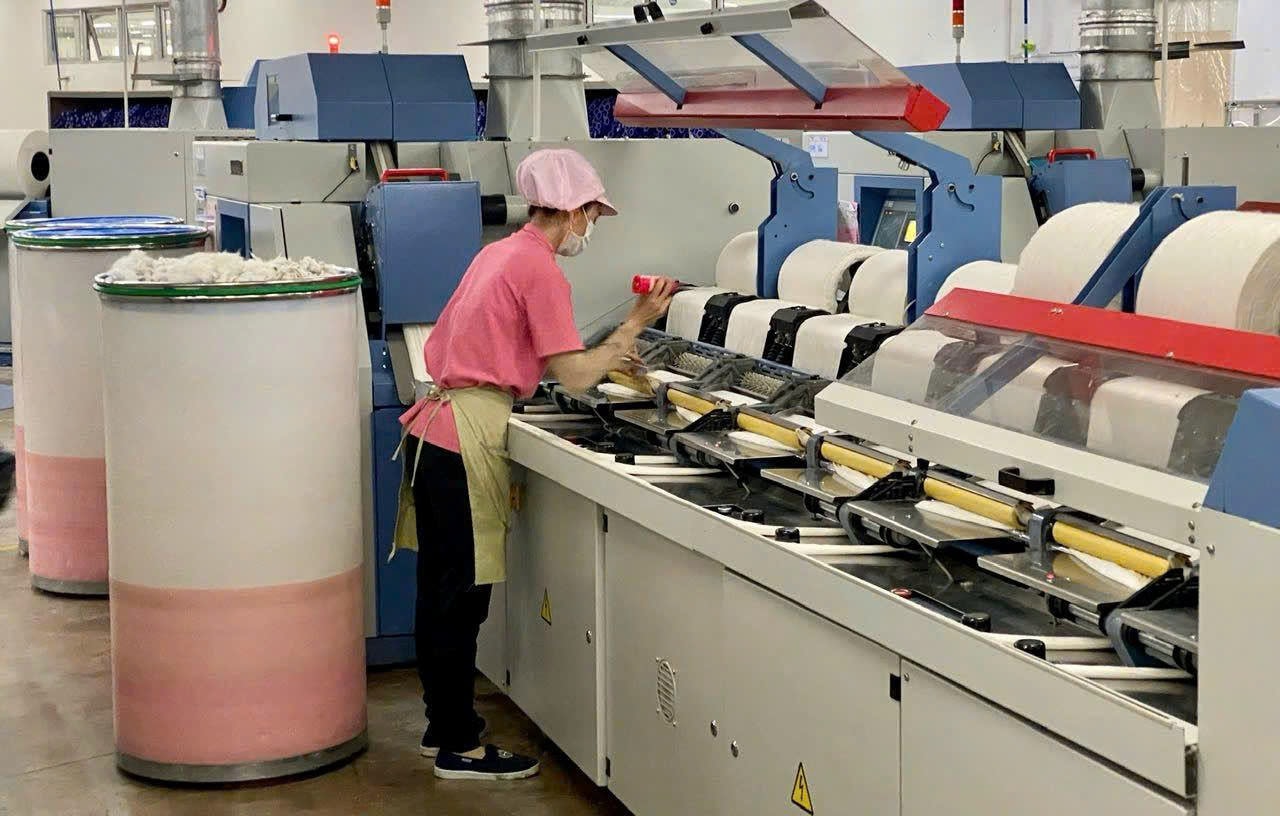
Several industrial parks (IPs) specialize in manufacturing and supporting industries: Đông Xuyên IP: Shipbuilding, mechanical engineering, maritime services; supporting oil & gas and related industries; Phú Mỹ I IP: Hosts many mechanical, assembly, and technology companies, suitable for diverse supporting industries; Phú Mỹ II & Extension: Focused on consumer goods processing, textiles, cosmetics, with light mechanical and electronics support; Mỹ Xuân A IP: Building materials, mechanical manufacturing, equipment production, light food processing; Châu Đức IP: A clean, high-tech, precision engineering park with focus on food processing, electronics, and logistics; Mỹ Xuân B1 – Conac IP: Mechanical assembly and food processing; Cái Mép IP: Heavy industry requiring port access, agricultural/food processing, large-scale mechanics, building materials; Long Sơn Petroleum IP: Oil, petrochemicals, heavy mechanics, and supporting oil-related industries.
Opportunities for International Cooperation
The region is a magnet for FDI in manufacturing, petrochemicals, and renewable energy equipment. Key projects include Hyosung’s carbon fiber plant and SCG’s Long Sơn Petrochemical Complex. With large-scale operations, these projects generate high demand for supporting industries, materials, components, and related technologies.
Major seaports such as Cái Mép - Thị Vải, combined with the development of logistics clusters and free trade zones, open opportunities for businesses in supply chains, port services, and logistics.
Clear investment policies, incentives for high-tech and green industries, efficient land use, and environmental protection are prioritized. The area selectively welcomes projects aligned with global trends, encouraging advanced technologies, reduced reliance on unskilled labor, and eco-friendly production.
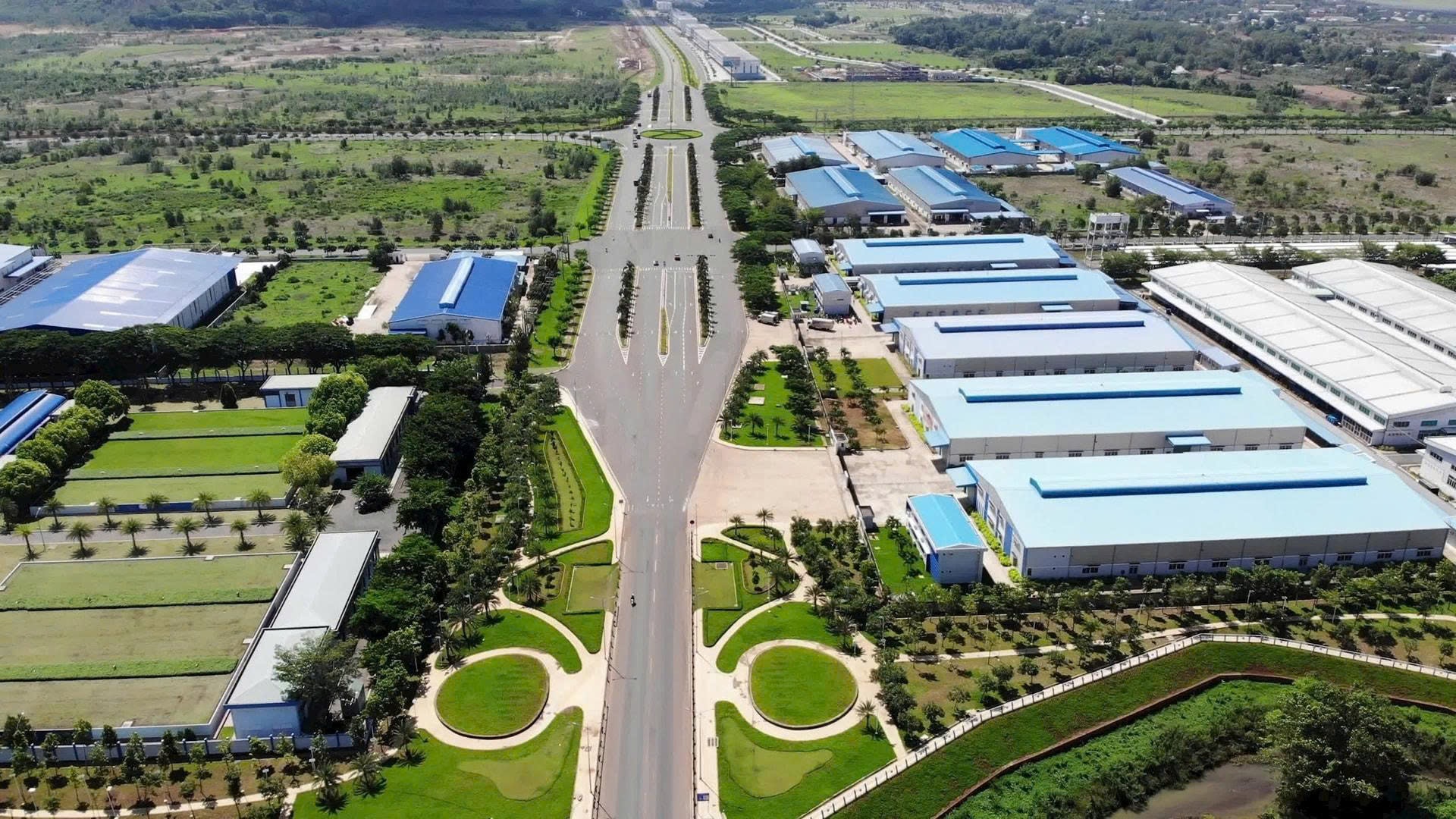
International companies such as Tripod Vietnam (Taiwan) and Long Sơn Petrochemicals are expanding operations, creating further opportunities for partnerships in technology transfer, joint ventures, and supply services.
The strategic orientation is to focus on high value-added, high-tech, and green manufacturing, along with supporting industries. Priority industries include processed food for export, chemicals, electronics, machinery and equipment, and offshore renewable energy.
With Cái Mép - Thị Vải’s deep-water ports and strategic location in the southern key economic zone, Bà Rịa - Vũng Tàu seeks to strengthen its role as an international logistics hub and a vital link in domestic supply chains.
To ensure sustainable development, the region emphasizes building strong supporting networks — components, materials, technical services, maintenance, packaging, and small shipbuilding — while advancing circular economy principles, waste treatment, clean technologies, and renewable energy.
High-quality human resources are considered decisive. The area focuses on attracting and training skilled workers, fostering modern management and innovation, and advancing digital transformation. Industrial spatial planning integrates ports, services, and urban development to ensure regional connectivity.
Selective FDI policies prioritize high-tech, environmentally friendly projects that link to global supply chains, use local inputs, and commit to technology transfer and workforce training.
Although certain sectors face challenges, the strong growth momentum in manufacturing and processing continues to sustain Ho Chi Minh City’s Bà Rịa - Vũng Tàu area as a driver of sustainable industrial and economic development.


